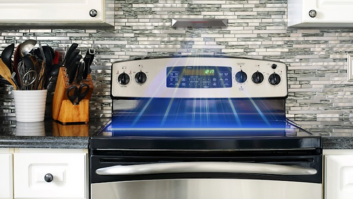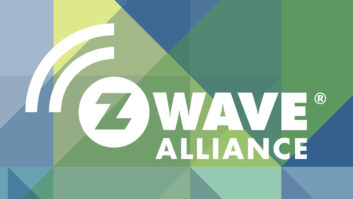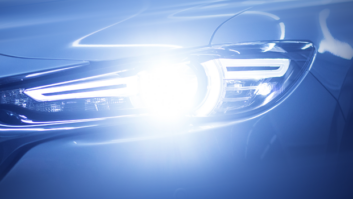New York – Ford and Mobileye are aggressively pushing driver safety, with Ford delivering crash warning safety features into its mid-priced car class for the first time and Mobileye offering more features at the $900 price point for aftermarket retailers.
Adaptive cruise control and crash-warning systems are features found mainly on luxury cars, but are now available as options, along with blind spot detection, on the 2010 Ford Taurus and may be heading for the most basic Ford vehicles.

Ford global electrical and electronics systems director Jim Buzcowski said at a press event Thursday, “We want to make driver-assist safety features available across all vehicle lines.”
iSuppli analyst Jeremy Carlson said Ford is the only car maker to offer both adaptive cruise control and blind spot detection on a mid-priced car.
In the aftermarket, Mobileye just added features to one of the lowest-priced crash-warning/lane-departure warning systems to be sold through car stereo retailers. The new C2-170 is shipping now for $899.
Skip Kinford, CEO of Mobileye, said he sees 2011 and 2012 as pivotal years for driver safety devices as they will become “pretty much standard on a lot of cars,” starting with the 2011 model year. He said he has contracts signed with car companies as proof, as Mobileye also sells OEM safety devices to General Motors, BMW, Volvo and Peugot.
Ford said it is attempting to “democratize” driver safety technology, beginning with the 2010 Ford Taurus that shipped late in July. Ford is calling the $25,170 (base price) Taurus, which also offers the Sync radio with traffic alerts, its “technology flagship.”
One Taurus safety option package at $1,200 includes adaptive cruise control, which uses 76GHz radar to track the car in front of you. It automatically slows down the car to adjust to traffic flow and resumes to your preset speed when traffic picks up.
This same package also gives you a “collision warning” if you are closing in on the car in front of you too quickly and the system detects a crash is imminent. The system then also preps the brakes by moving them closer to the disc. Ford said in many crashes, drivers fail to depress the brakes fully. In addition, reducing the impact speed by 5 mph creates a 25-times reduction in the amount of energy in a crash, it said.
Another $2,000 option package includes cross-traffic alert that uses 24GHz radar to help you back out of a parking space by alerting you if a car is about to pass behind your vehicle.
The package also includes blind-spot detection, which uses radar to detect if an object is in the car’s blind spot and indicates this through a small light on the side mirror. Users also get a Sony sound system and other features in the package.
As for Mobileye, its new C2-170 offers four functions. It issues a warning if you are drifting outside your lane unintentionally (if you don’t have your signal light).
It also reads out the distance between your car and the car in front and warns if you are following too closely.
The third function is forward-collision warning. “The processing power of our chip calculates the closing rate of your vehicle and the vehicle in front of you. If it determines there’s going to be an imminent contact, it gives you a loud beeping” and shows an icon on the display, said Kinford.
The device can also help guard against minor fender benders at up to 2 mph. If you are at a stop sign and start drifting because you’re reaching down to get your Diet Coke, the system will alert you, he said.
Mobileye’s C2-170 consists of two components – an approximate 2-inch display that sits on the dash or windshield and a small camera that mounts behind the rear view mirror. The camera also contains the processor chip.
The C2-170’s camera “sees” at a rate of 20 fps, which is 20 times greater than the human eye. It then applies algorithms to determine the likelihood of a crash and provides a warning two seconds prior to impact.
Ninety percent of all rear-end collisions can be prevented with 1.5 seconds of advanced warning, according to a Daimler Benz study, said Kinford.
Mobileye said it is in discussions with U.S. insurance companies regarding offering discounts for those who install the equipment.
iSuppli said OEM car safety devices will rise by more than three-fold to 56.3 million units in 2013, up from 17.3 million in 2008. This represents a compound annual growth of 26.6 percent.













